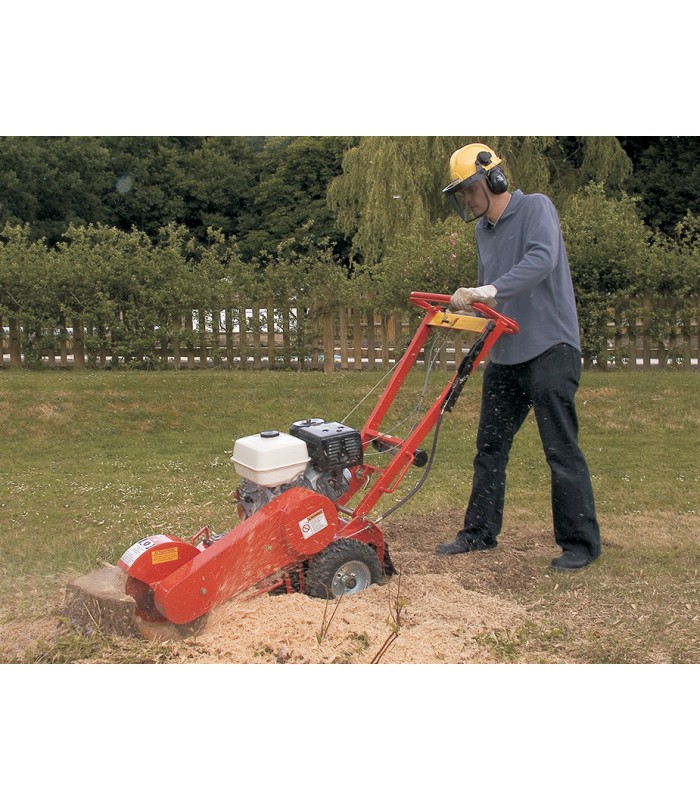Our The Role of an Arborist in Protecting Trees from Disease and Pests Statements

Climate adjustment is one of the very most significant challenges of our time. Its impact is being experienced around the world, and it's affecting every element of our lives, consisting of the job of modern-day arborists. As temperatures increase and climate designs come to be a lot more uncertain, arborists are experiencing brand new challenges in their attempts to sustain well-balanced trees and preserve all-natural ecological communities.
One of the most considerable means climate change is impacting arborists' work is by affecting plant strength zones. These zones are based on typical temperatures and have generally been utilized to calculate which vegetations will certainly flourish in a certain area. However, as temperatures increase, these zones are moving northward or upward in elevation.
This indicates that some tree species may no a lot longer be matched to the regions where they once prospered. Full Article must adjust through deciding on new plant species that can easily allow hotter temperatures, drier problems or much more extreme weather condition occasions like hurricanes or flooding.
One more method that weather improvement is impacting arborists' job is through increasing the regularity and magnitude of extreme weather events like cyclones, tornadoes, dry spells and wildfires. These celebrations can easily create wide-spread damages to trees, making it challenging for arborists to always keep up along with need for their services.
In response, numerous arborists are centering on preventative step such as frequent trimming and servicing to reduce the danger of tree failing during severe climate activities. They're likewise making use of enhanced technology like drones and GPS applying systems to examine plant health and wellness and pinpoint potential risks before they become a complication.
Climate change is likewise having an effect on metropolitan rainforests by making new bug invasions and health conditions that endanger plant health and wellness. For instance, warmer winter seasons permit invasive species like emerald green ash borer or gypsy insect caterpillars to make it through in locations where they were formerly not up to to develop themselves.

Arborists must keep informed regarding these arising risks so they can react promptly when needed. They require to monitor trees for signs of damage or invasion consistently and be prepared to take action to protect their clients' plants and the bordering ecological community.
Eventually, the changing climate is also impacting arborists' work by modifying the timing of periodic activities like bud breather, flowering, and fallen leave drop. This helps make it challenging for arborists to schedule tree routine maintenance tasks like trimming or fertilizing precisely.
To adapt, numerous arborists are working with phenology specialists who can offer ideas in to how environment modification is affecting these in season patterns. They're likewise making use of predictive modeling resources that can assist them organize tree care tasks more effectively through taking into account modifying weather condition patterns and plant physiology.
In conclusion, climate adjustment is having a considerable impact on the work of modern-day arborists. From shifting strength zones to excessive weather events and developing parasite and diseases, arborists have to remain informed about these changes so they can adapt their strategies as needed.
By making use of enhanced modern technology and working closely along with professionals in similar industries like conservation and phenology, arborists can continue to provide essential solutions that sustain healthy and balanced city rainforests while protecting organic ecological communities for future creations.
